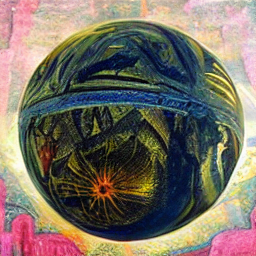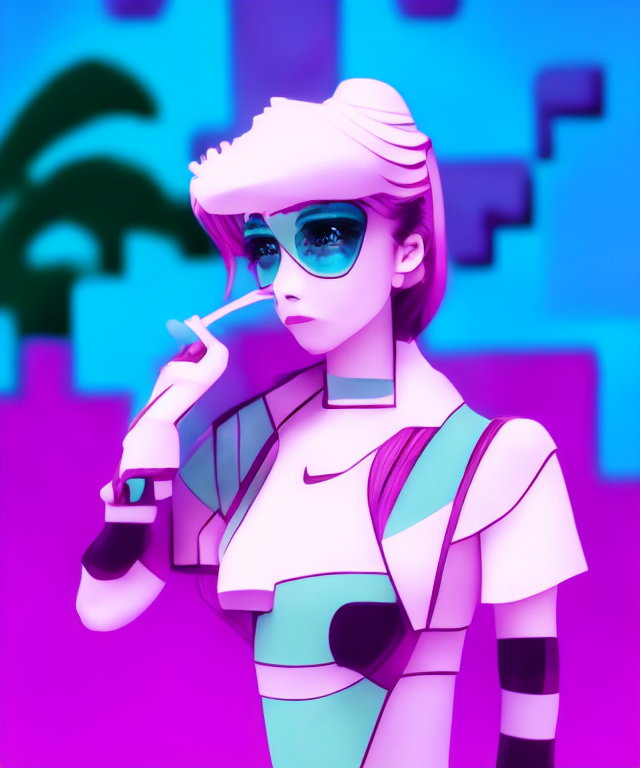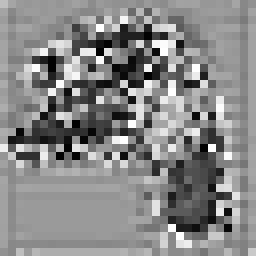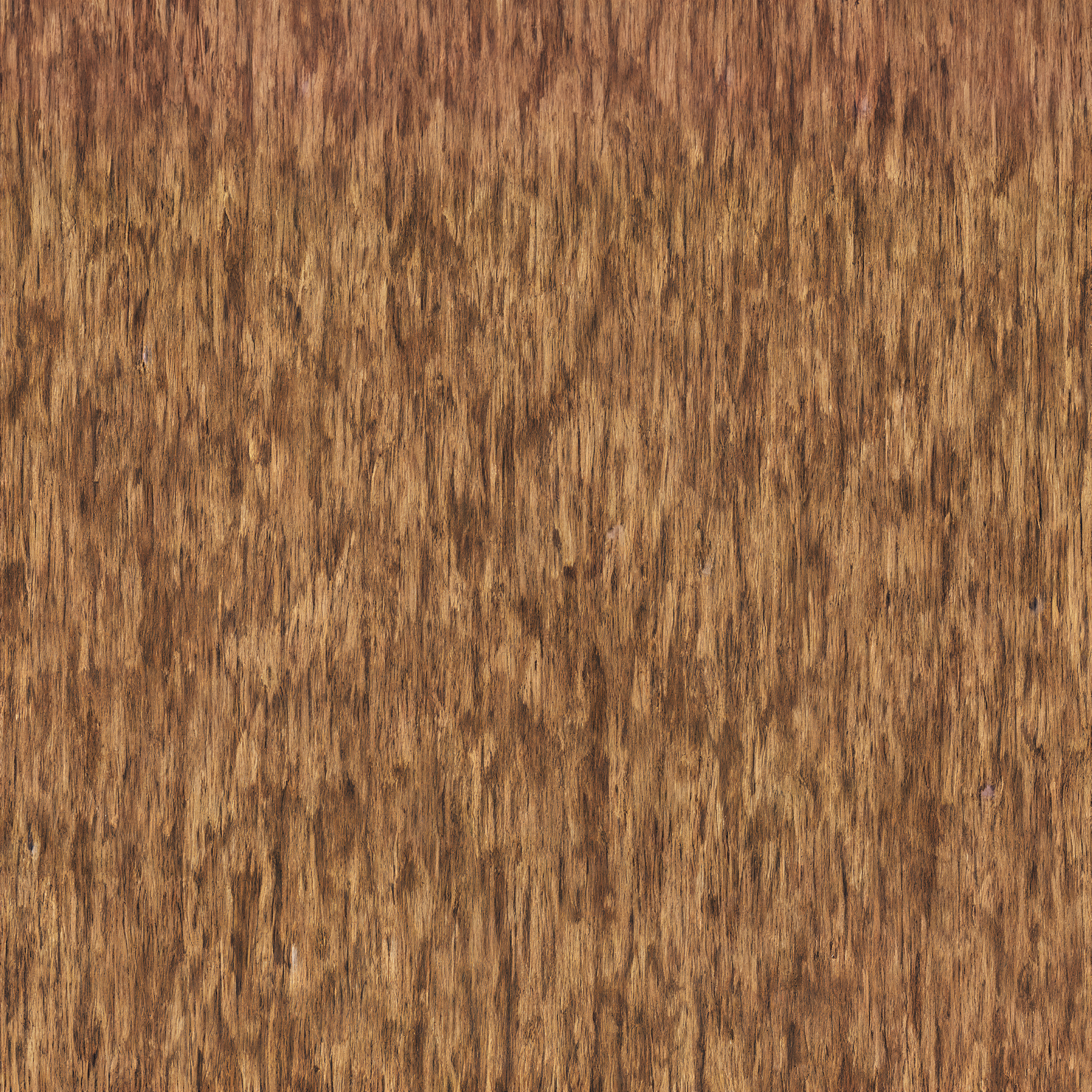k-diffusion
Maintainer: nightmareai

7

| Property | Value |
|---|---|
| Model Link | View on Replicate |
| API Spec | View on Replicate |
| Github Link | View on Github |
| Paper Link | View on Arxiv |
Get summaries of the top AI models delivered straight to your inbox:
Model overview
k-diffusion is an implementation of the diffusion model architecture described in the paper "Elucidating the Design Space of Diffusion-Based Generative Models" by Karras et al. It includes support for the patching method from the paper "Improving Diffusion Model Efficiency Through Patching". The model was created by nightmareai, who has also developed similar models like majesty-diffusion and real-esrgan.
Model inputs and outputs
The k-diffusion model takes a variety of inputs to control the image generation process, including a text prompt, an optional initial image, and various sampling parameters. The outputs are generated images.
Inputs
- Text Prompt: The text prompt to guide the image generation.
- Init Image: An optional initial image to start the generation process.
- Init Scale: Enhances the effect of the initial image.
- Sigma Start: The starting noise level when using an initial image.
- Cutn: The number of random crops per step.
- Churn: The amount of noise to add during sampling.
- Cut Pow: The cut power.
- N Steps: The number of timesteps to use.
- Latent Scale: The latent guidance scale, higher for stronger latent guidance.
- Clip Guidance Scale: The CLIP guidance scale, higher for stronger CLIP guidance (0 to disable).
- Sampling Mode: The sampling mode to use, such as DPM-2.
Outputs
- Generated images
Capabilities
k-diffusion is capable of generating high-quality images from text prompts, with the ability to use an initial image as a starting point. It supports CLIP-guided sampling, which can help the generated images align more closely with the provided text prompt. The model also includes advanced sampling techniques like the DPM-2 sampler, which can produce higher quality samples with fewer function evaluations compared to the standard Karras algorithm.
What can I use it for?
You can use k-diffusion to generate unique, creative images from text prompts. This can be useful for a variety of applications, such as art creation, product visualization, and even content generation for marketing or entertainment purposes. The ability to use an initial image as a starting point can also be helpful for tasks like image editing or manipulation.
Things to try
Some things you could try with k-diffusion include experimenting with different text prompts to see the variety of images it can generate, adjusting the sampling parameters to find the settings that work best for your needs, and using an initial image to guide the generation process in interesting ways. You could also try combining k-diffusion with other models, like stable-diffusion, to create even more compelling and versatile image generation capabilities.
This summary was produced with help from an AI and may contain inaccuracies - check out the links to read the original source documents!
Related Models

majesty-diffusion

8
majesty-diffusion is a text-to-image diffusion model created by nightmareai that can generate images from text prompts. It is an implementation of CLIP guided latent diffusion, similar to models like stable-diffusion and animagine-xl. However, majesty-diffusion has a unique focus on creating "royal" or "majestic" styled images. Model inputs and outputs The majesty-diffusion model takes in a variety of inputs to control the generated image, including a text prompt, an optional initial image, and various settings to fine-tune the output. The model then generates a single image as output. Inputs Clip Prompts**: The text prompt used to guide the CLIP model during generation, allowing you to specify the desired style and content. Latent Prompt**: The text prompt used to guide the latent diffusion model, providing high-level direction for the composition and subject matter. Latent Negative**: A negative prompt to steer the model away from generating certain undesirable elements. Init Image**: An optional initial image that can be used as a starting point for the generation process. Init Mask**: An optional mask for the initial image, indicating areas to inpaint. Width/Height**: The desired dimensions of the output image. Clip Scale**: The strength of the CLIP guidance during generation. Latent Scale**: The strength of the latent diffusion guidance during generation. Aesthetic Loss Scale**: The weight given to an aesthetic loss function during generation. Starting Timestep**: The starting point for the diffusion process. Init Brightness**: The brightness of the initial image. Output Steps**: The number of intermediate images to generate during the diffusion process. Custom Settings**: Additional configuration options for advanced or API usage. Outputs Image**: A single generated image reflecting the provided inputs. Capabilities majesty-diffusion can create a wide variety of "majestic" or "royal" styled images, ranging from portraits of fantastical princesses to elaborately decorated palace interiors. The model seems particularly adept at generating detailed, ornate imagery with a sense of grandeur and elegance. The ability to fine-tune the CLIP and latent diffusion guidance allows for a high degree of control over the generated output. What can I use it for? majesty-diffusion could be used for a variety of creative and commercial applications, such as: Generating concept art or illustrations for fantasy or historical-themed games, books, or films. Creating unique, visually striking social media content or digital art. Producing custom, on-demand images for ecommerce product listings or marketing materials. Experimenting with different styles and prompts to explore the model's capabilities. Things to try Some interesting things to explore with majesty-diffusion include: Experimenting with different CLIP and latent prompts to see how they affect the generated imagery. Trying out the inpainting functionality by providing an initial image and a mask. Leveraging the aesthetic loss scale to produce more coherent or visually appealing outputs. Comparing the results of majesty-diffusion to similar text-to-image models to see the unique qualities of the "royal" style.
Updated Invalid Date

stable-diffusion

107.9K
Stable Diffusion is a latent text-to-image diffusion model capable of generating photo-realistic images given any text input. Developed by Stability AI, it is an impressive AI model that can create stunning visuals from simple text prompts. The model has several versions, with each newer version being trained for longer and producing higher-quality images than the previous ones. The main advantage of Stable Diffusion is its ability to generate highly detailed and realistic images from a wide range of textual descriptions. This makes it a powerful tool for creative applications, allowing users to visualize their ideas and concepts in a photorealistic way. The model has been trained on a large and diverse dataset, enabling it to handle a broad spectrum of subjects and styles. Model inputs and outputs Inputs Prompt**: The text prompt that describes the desired image. This can be a simple description or a more detailed, creative prompt. Seed**: An optional random seed value to control the randomness of the image generation process. Width and Height**: The desired dimensions of the generated image, which must be multiples of 64. Scheduler**: The algorithm used to generate the image, with options like DPMSolverMultistep. Num Outputs**: The number of images to generate (up to 4). Guidance Scale**: The scale for classifier-free guidance, which controls the trade-off between image quality and faithfulness to the input prompt. Negative Prompt**: Text that specifies things the model should avoid including in the generated image. Num Inference Steps**: The number of denoising steps to perform during the image generation process. Outputs Array of image URLs**: The generated images are returned as an array of URLs pointing to the created images. Capabilities Stable Diffusion is capable of generating a wide variety of photorealistic images from text prompts. It can create images of people, animals, landscapes, architecture, and more, with a high level of detail and accuracy. The model is particularly skilled at rendering complex scenes and capturing the essence of the input prompt. One of the key strengths of Stable Diffusion is its ability to handle diverse prompts, from simple descriptions to more creative and imaginative ideas. The model can generate images of fantastical creatures, surreal landscapes, and even abstract concepts with impressive results. What can I use it for? Stable Diffusion can be used for a variety of creative applications, such as: Visualizing ideas and concepts for art, design, or storytelling Generating images for use in marketing, advertising, or social media Aiding in the development of games, movies, or other visual media Exploring and experimenting with new ideas and artistic styles The model's versatility and high-quality output make it a valuable tool for anyone looking to bring their ideas to life through visual art. By combining the power of AI with human creativity, Stable Diffusion opens up new possibilities for visual expression and innovation. Things to try One interesting aspect of Stable Diffusion is its ability to generate images with a high level of detail and realism. Users can experiment with prompts that combine specific elements, such as "a steam-powered robot exploring a lush, alien jungle," to see how the model handles complex and imaginative scenes. Additionally, the model's support for different image sizes and resolutions allows users to explore the limits of its capabilities. By generating images at various scales, users can see how the model handles the level of detail and complexity required for different use cases, such as high-resolution artwork or smaller social media graphics. Overall, Stable Diffusion is a powerful and versatile AI model that offers endless possibilities for creative expression and exploration. By experimenting with different prompts, settings, and output formats, users can unlock the full potential of this cutting-edge text-to-image technology.
Updated Invalid Date

latent-viz

72
latent-viz is a tool created by nightmareai that allows you to visualize the encoded latents of an image. This can be useful for understanding how a latent diffusion model like stable-diffusion or majesty-diffusion represents visual information. Similar models like real-esrgan and gfpgan also work with latent representations, but focus more on image enhancement and restoration rather than visualization. Model inputs and outputs latent-viz takes an image as input and outputs a visualization of the encoded latent representation. This can help you understand how the model sees and encodes the visual information in the image. Inputs Image**: The image you want to visualize the latents for. Outputs Latent visualization**: A visualization of the encoded latent representation of the input image. Capabilities latent-viz allows you to inspect the internal latent representations of an image-based model. This can provide insight into how the model perceives and encodes visual information, which can be valuable for understanding and debugging these types of models. What can I use it for? You can use latent-viz to better understand how latent diffusion models like stable-diffusion and majesty-diffusion work. By visualizing the latent representations, you can gain insights into the model's internal representations and how it processes visual information. This can be helpful for tasks like fine-tuning or optimizing these models for specific applications. Things to try Try using latent-viz to visualize the latents of different images and compare the representations. You can experiment with inputs of varying complexity, such as natural images, abstract art, or even model-generated images, to see how the latent representations differ. This can help you better understand the model's strengths, weaknesses, and biases.
Updated Invalid Date

latent-sr

112
The latent-sr model, created by nightmareai, is an AI model designed for upscaling images using latent diffusion. It builds upon similar models like real-esrgan, latent-viz, k-diffusion, stable-diffusion, and majesty-diffusion from the same creator. The model uses a latent diffusion approach to generate high-resolution images from low-resolution inputs. Model inputs and outputs The latent-sr model takes an image as input and produces an upscaled version of that image as output. The upscale factor can be specified, allowing you to control the resolution of the output. Inputs Image**: The input image to be upscaled. up_f**: The upscale factor, determining the resolution of the output image. Steps**: The number of sampling steps to use during the upscaling process. Outputs Output**: The upscaled version of the input image. Capabilities The latent-sr model is capable of generating high-quality, high-resolution images from low-resolution inputs using a latent diffusion approach. This can be useful for tasks like enhancing the resolution of images, generating realistic images from sketches or other low-quality sources, and more. What can I use it for? The latent-sr model can be used for a variety of image-related tasks, such as: Upscaling low-resolution images to higher resolutions Generating realistic images from sketches or other low-quality input Enhancing the quality of existing images Incorporating high-resolution images into creative projects or presentations Things to try With the latent-sr model, you can experiment with different upscale factors and sampling steps to achieve the desired output quality and resolution. Additionally, you can try combining the latent-sr model with other AI models, such as those for image editing or text-to-image generation, to create even more powerful and versatile image processing pipelines.
Updated Invalid Date